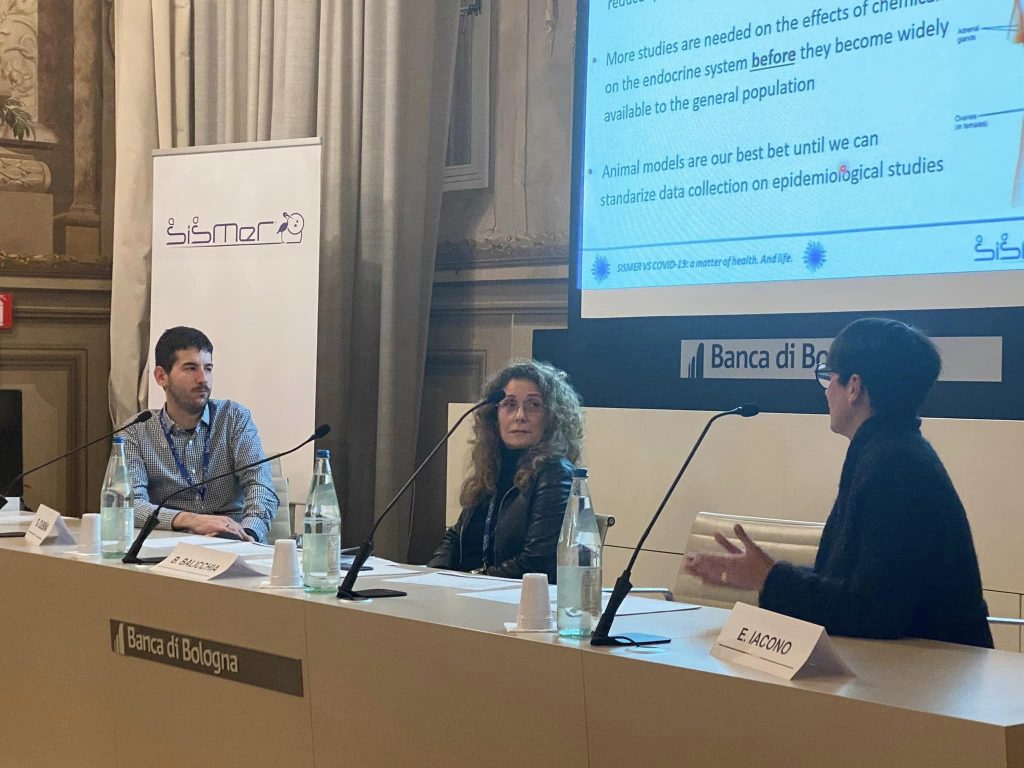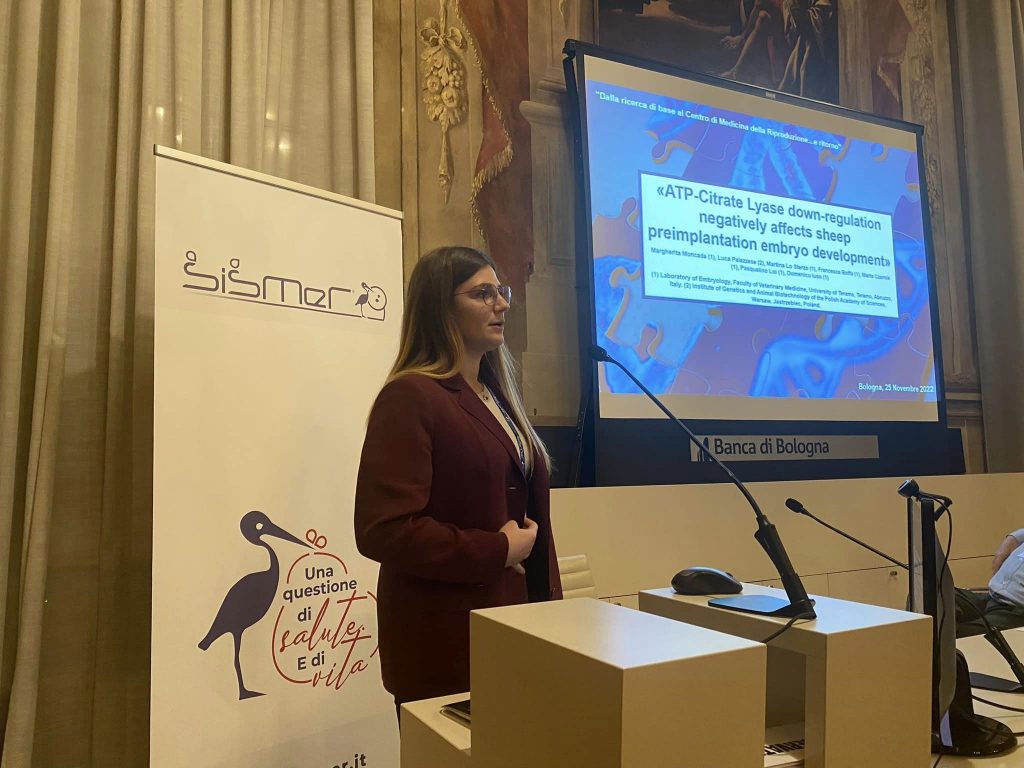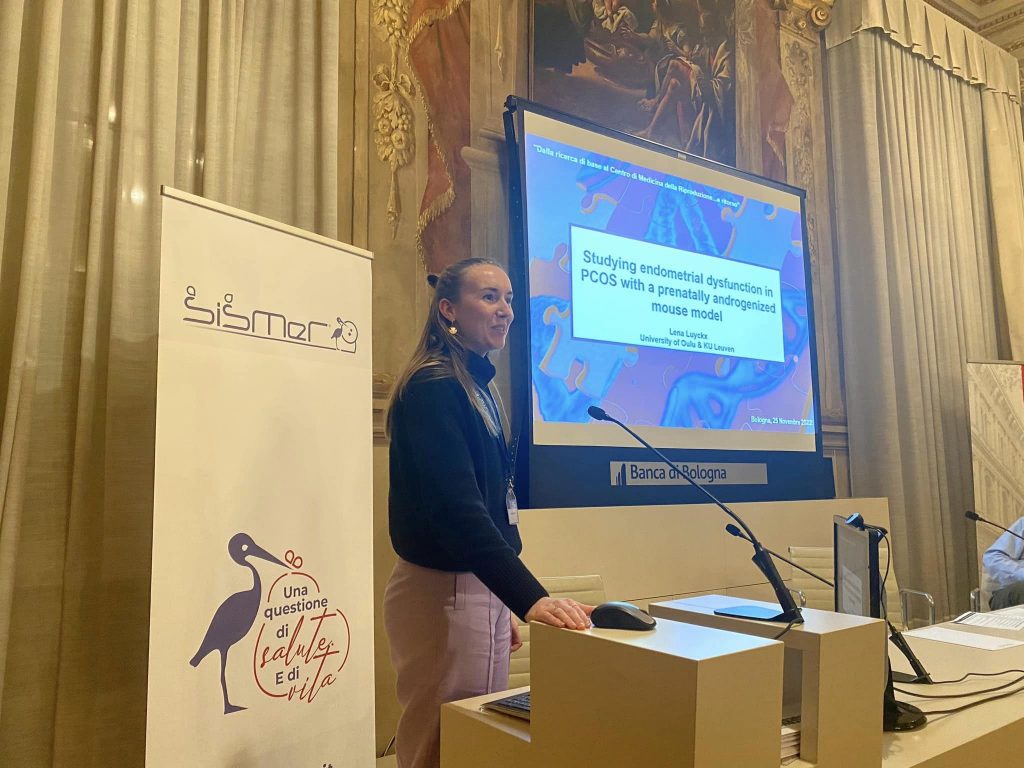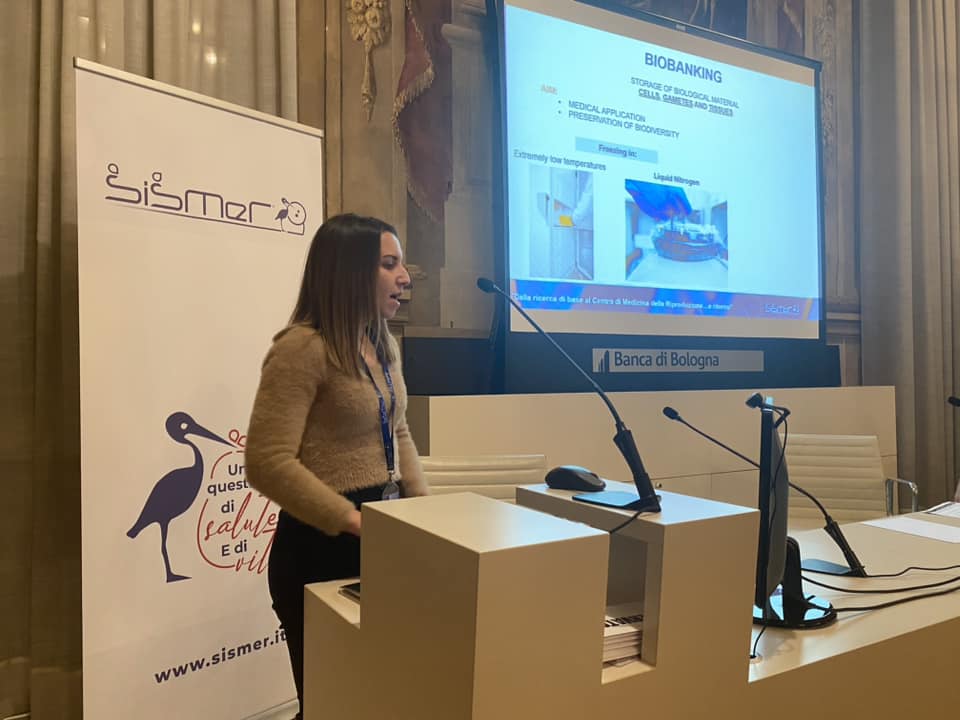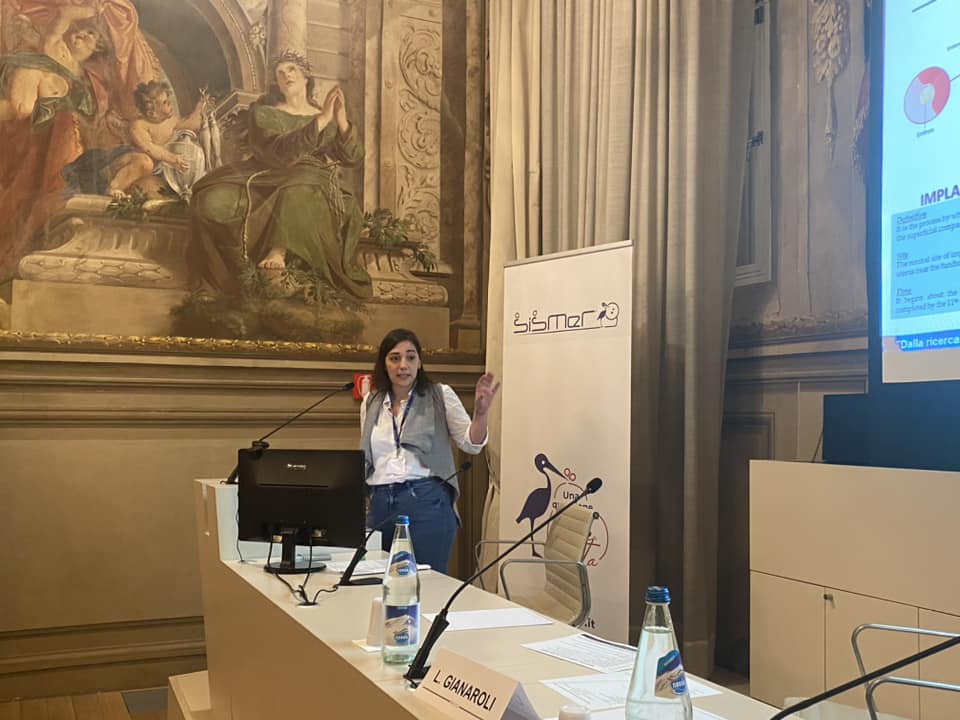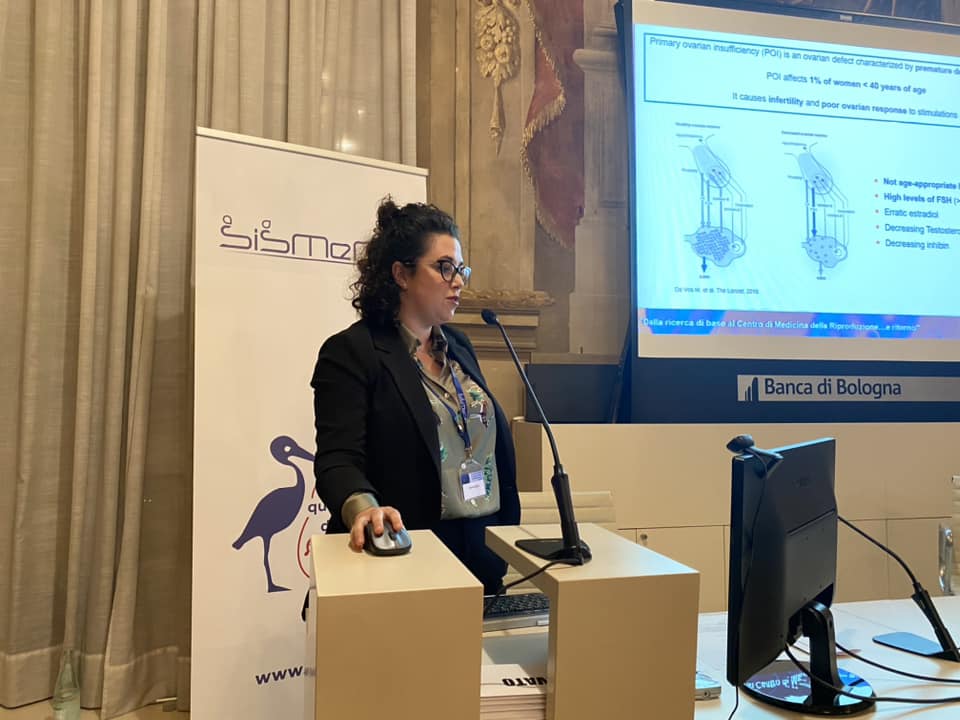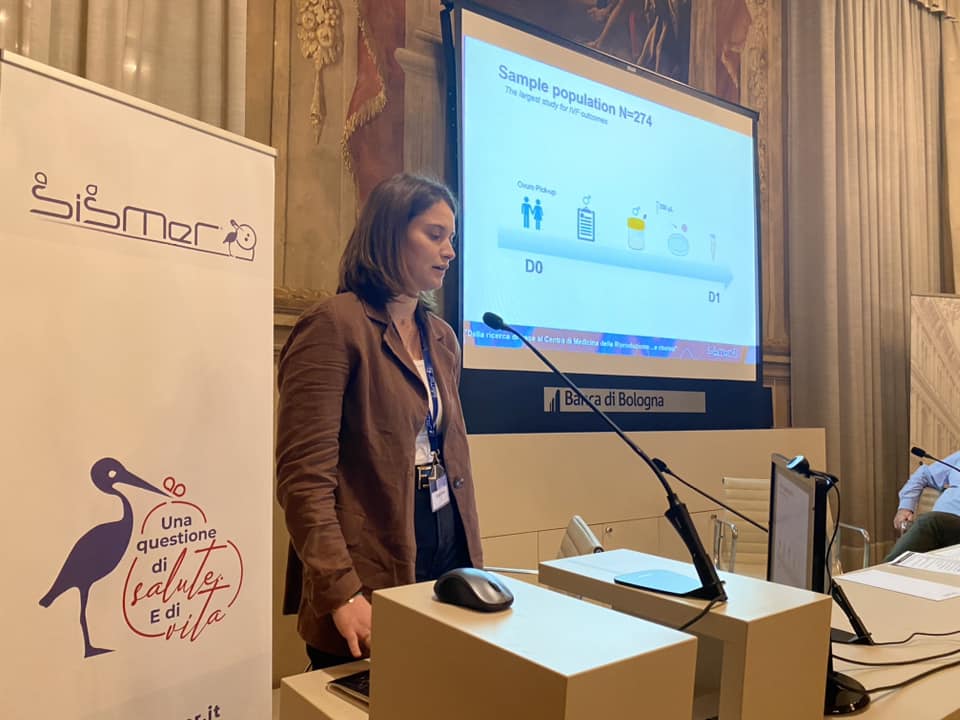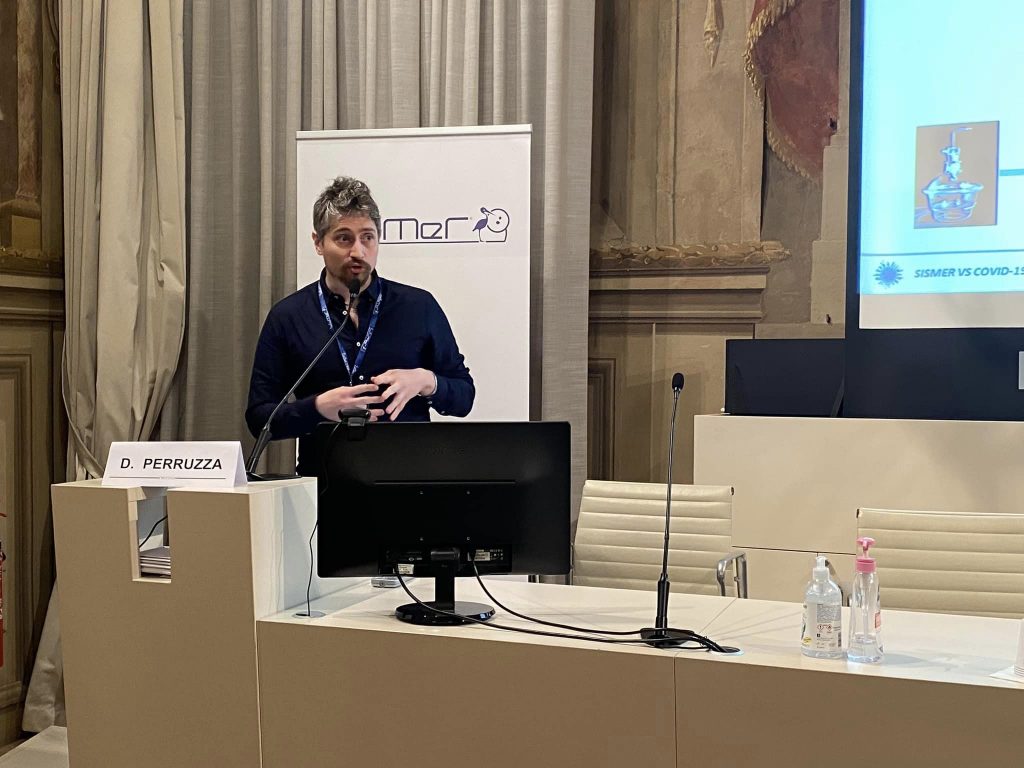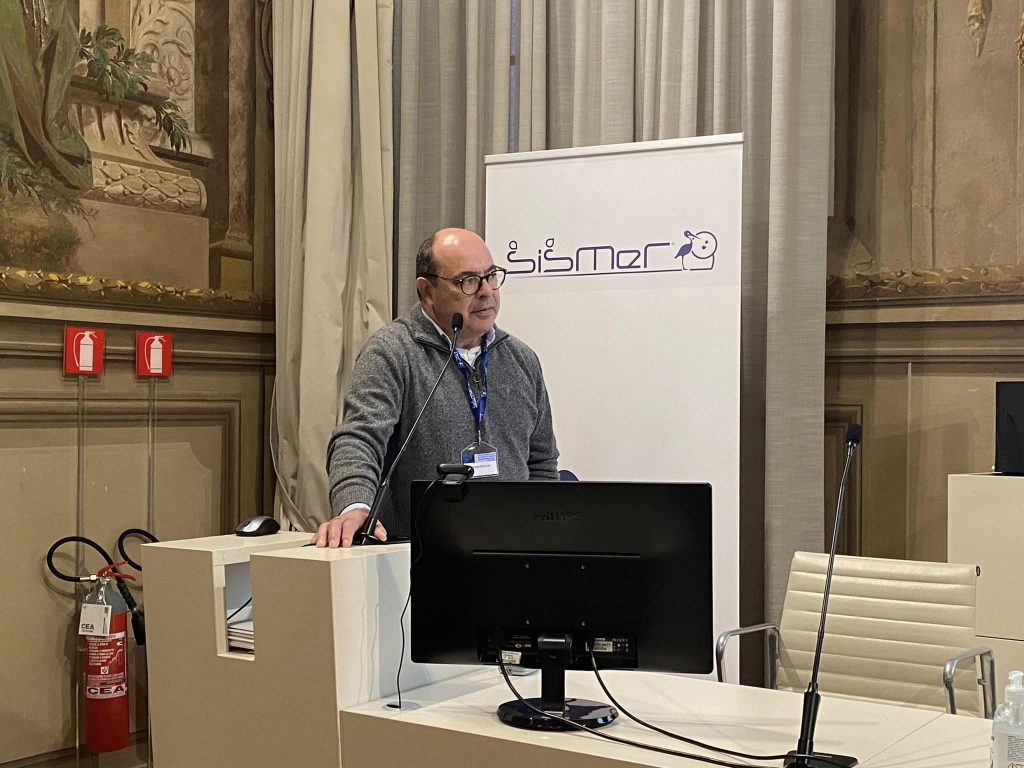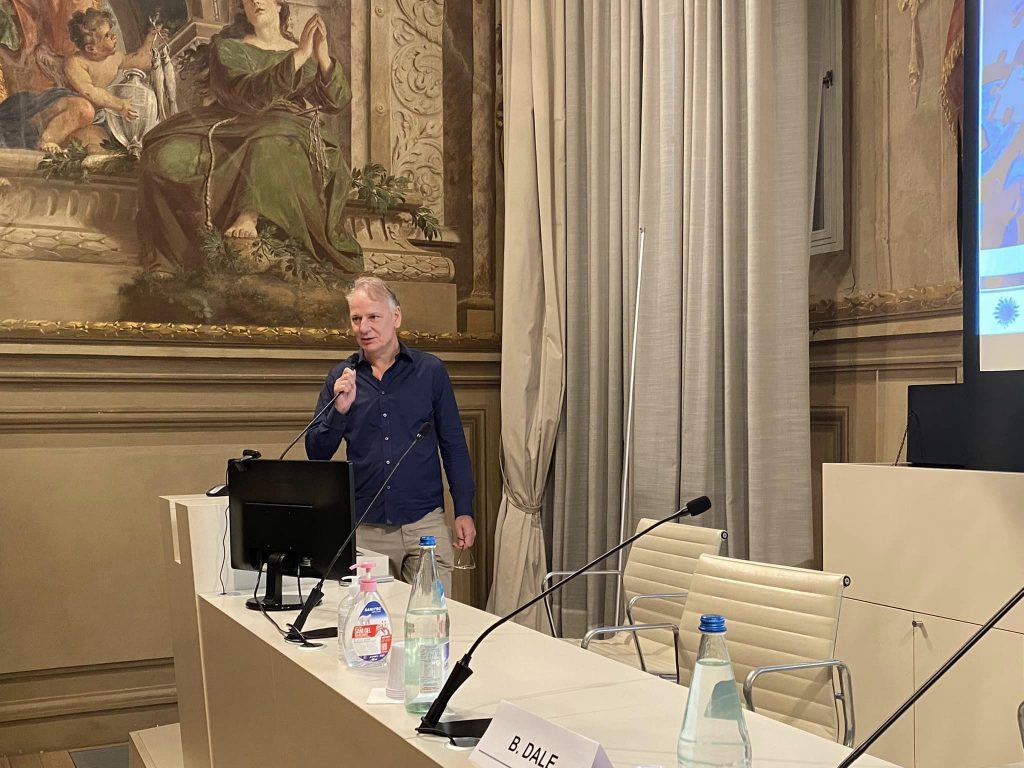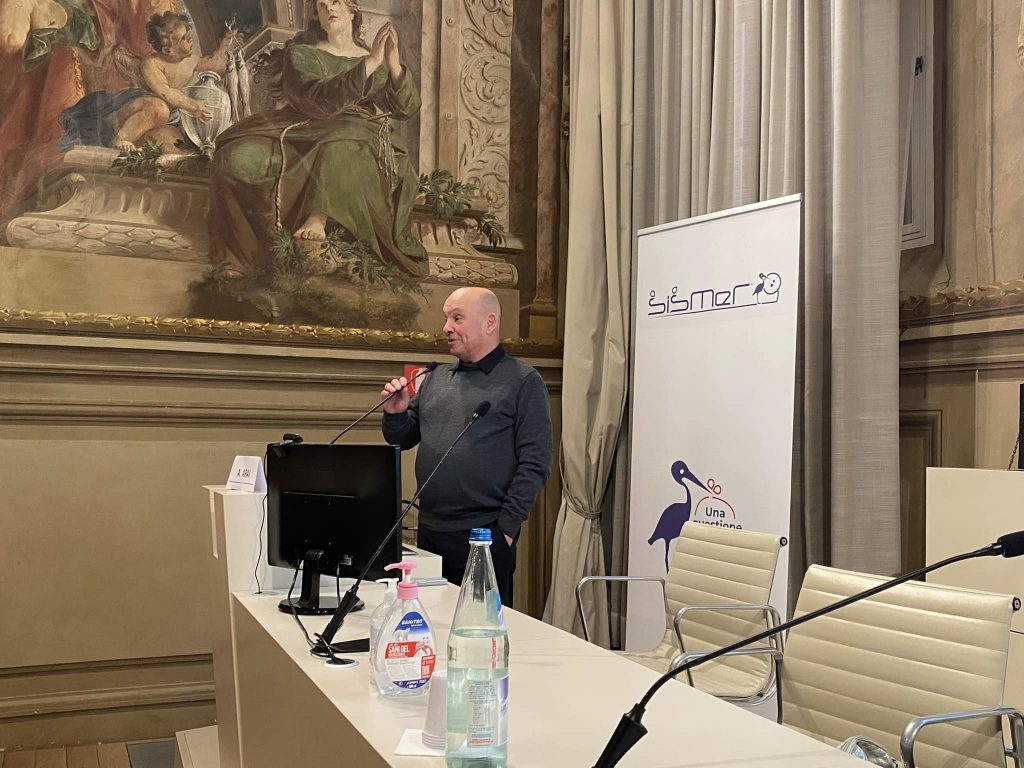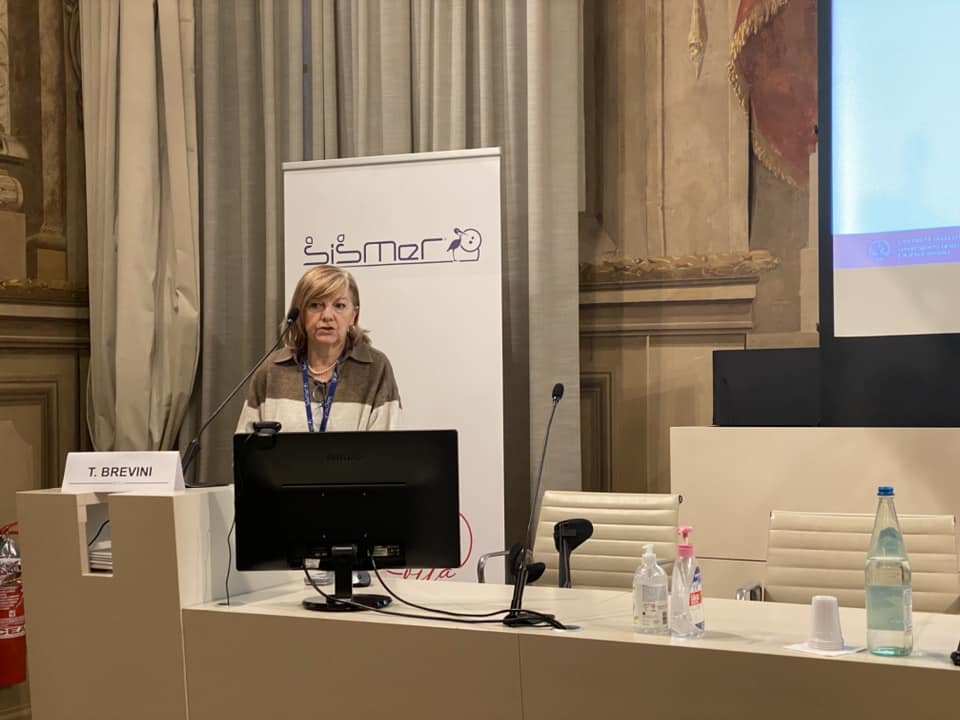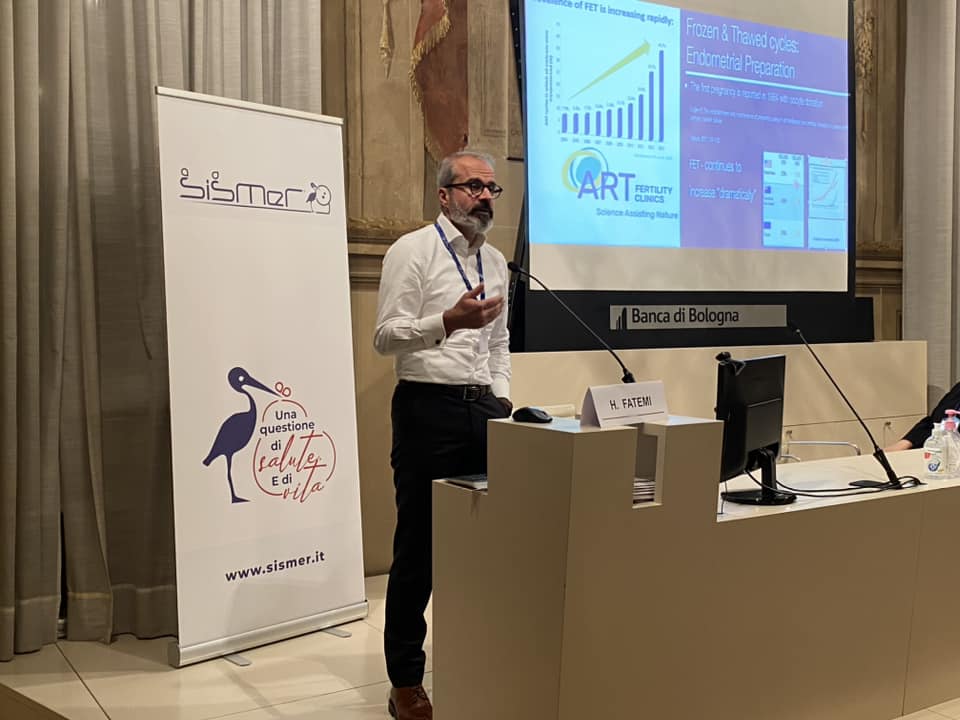“From basic research to the ART center…and back”
Since their early days, Assisted Reproduction techniques greatly benefitted from the precious contribution deriving from veterinary studies. Thanks to this, these procedures are currently use to treat several reproductive problems and they led to the birth of more than 10 million babies worldwide.
Unfortunately, basic research and clinical practice gradually drifted apart, and numerous add-ons are being used without univocal proof of their potential benefits due to the lack of high-quality scientific evidence and to a limited knowledge of basic physiology.
Some of the most eminent Italian and international experts in the fields of Reproductive Medicine and Veterinary got together in the enchanting Oratorio dei Fiorentini for a unique scientific event aimed at restoring a collaboration which could allow the pursuit of further innovations to improve efficacy, effectiveness and safety of treatments.
They were joined by 9 young researchers, selected to present innovative projects they are developing.
PROGRAMME
Friday 25th November 2022
14.00 The rationale of an unusual meeting: the weaknesses of ART – L. Gianaroli
14.30 Discussion
The impact of polluting agents on fertility
Discussant: B. Balicchia
15.00 Animal nutrition – E. Iacono
15.20 Environmental pollution – G. Oubiña
15.40 Discussion
Ovulation induction
Discussant: C. Tabanelli
16.20 Innovations in the veterinary field – B. Merlo
16.40 Innovations in the clinical field – A. P. Ferraretti
17.00 Discussion
The fertilization process
Discussant: C. Tabanelli
17.20 The fertilization process from sea urchins to humans – B. Dale
17.50 Discussion
Young researchers and their ideas
Discussant: L. Gianaroli
18.00 ATP-Citrate Lyase down-regulation negatively affects sheep preimplantation embryos – M. Moncada
18.10 Long-term fertility preservation of spin-dried ram spermatozoa stored at room temperature – M. Lo Sterzo
18.20 Use of transforming growth factor-β (TGF-β) to improve blastocyst quality in sheep – F. Boffa
18.30 Studying endometrial dysfunctionin PCOS with a prenatally androgenized mouse model – L. Luyckx
18.40 Human endometrium in vitro 3D models: applications in reproduction – F. P. Luongo
18.50 Blastocentesis: a novel way to select human embryos – B. Magni
19.00 Identification of novel genomic variants in idiopathic premature ovarian insufficiency by high-resolution array-CGH – I. Gazzo
19.10 Advanced paternal age determines an increased sperm mitochondrial vulnerability to cryopreservation – M. Orini
19.20 HPV and male infertility: a study on the impact of this infection on semen parameters and IVF outcomes – G. Carullo
19.30 Conclusions
Saturday 26th November 2022
How to select the best possible embryo?
Discussant: B. Dale
9.00 In animal species – P. Loi
9.20 In humans – S. Munné
9.40 Discussion
Innovations in embryo culture
Discussant: B. Dale
10.00 3D scaffolds – T. Brevini
10.20 From the smart incubator to microfluidics – D. Perruzza
10.40 Discussion
Cryopreservation: new technical perspectives and new clinical applications
Discussant: E. Porcu
11.20 In animal species – A. Arav
11.40 In humans: freeze all – H. Fatemi
12.00 Discussion
ART in the era of Genetics
Discussant: M. Seri
12.20 ART in the era of Genetics – D. Griffin
12.40 Discussion
13.00 Conclusions
